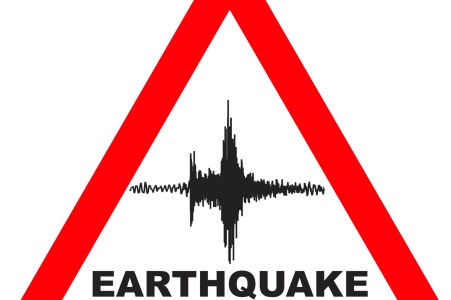Did you feel the ‘quake?
Last week, Tuesday, Dec. 29th, people throughout the Lower Mainland were shaken by a 4.8 magnitude earthquake yet again reminding us that we live in an active earthquake zone.
Luckily, there was no damage reported from this earthquake. However, according to experts, a damaging earthquake occurs every few decades and a “big one” happens every few hundred years. The next one could happen any time.
In the event of a disaster, healthcare providers will play a critical role in the response and recovery of our communities. Knowing what to do and being prepared at home and at work will help to ensure you and your family will be safe while continuing to provide much needed care to the community.
What you should do when an earthquake hits
The best way to protect yourself during an earthquake is to DROP under a sturdy piece of furniture such as a table, desk, or bed. COVER your head and neck to prevent being hit by falling objects and; HOLD ON …to the object you are under and move with it until the shaking has finished.
Have a family emergency plan
Making a family emergency plan helps to reduce the stress of an emergency by pre-identifying what everyone will do and where they will go.
PreparedBC provides a Household Preparedness Guide (Prepared BC: Household Preparedness Guide) and a Household Emergency Plan template (Prepared BC: Household Emergency Plan) to assist in putting together your plan.
Once complete, ensure all members of your household are familiar with the plan and their expected roles.
Prepare an emergency kit
An emergency kit should provide you and your family with all the necessary items to be self-sufficient for at least 72 hours. Most kits can be put together with materials already in your home. However, pre-assembled kits can be purchased from a variety of suppliers. Once complete, keep the kit in an accessible, easy-to-reach location and make sure everyone in the family knows where it is.

